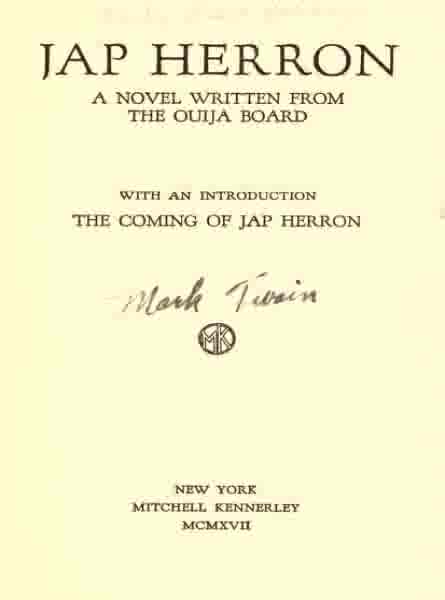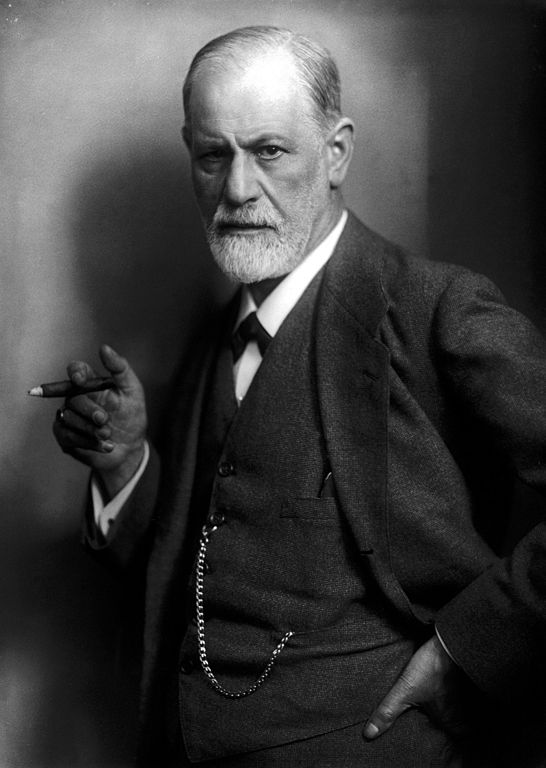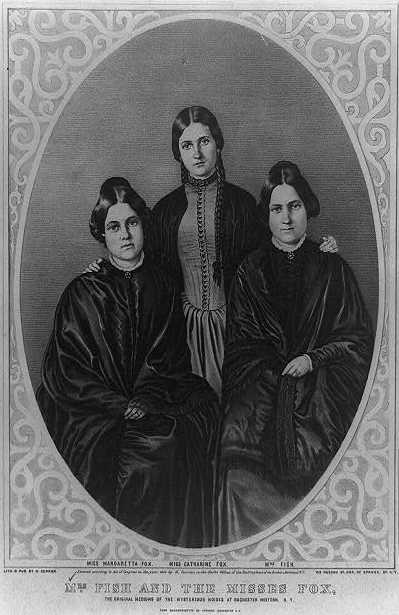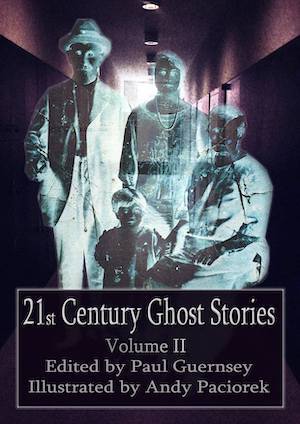by Editor
on November 29, 2014

The Novel Jap Herron Was Allegedly Dictated By The Ghost Of Mark Twain. Its Publication Inspired A Lawsuit.
Ouija Board Dictation: Another Kind Of Ghost Writing
After the Ouija board became popular in the late 19th and early 20th centuries, it was only a matter of time before enterprising people got the idea to ask spirits to help them write books. Some of the spirits obliged, and the result was a small but interesting selection of literature—all fiction of course.
The most notorious case of literal ghost writing occurred with the 1917 publication of Jap Herron: A Novel Written from the Ouija Board, which Emily Grant Hutchings alleged had been dictated to her by the ghost of Mark Twain. (The Huckleberry Finn author died in 1910.) Not only did critics trash the book’s literary quality, but Twain’s estate and his publisher both objected to the claim that he had written it from beyond the grave. Jap Herron was eventually withdrawn from publication, and most copies were destroyed. [continue reading…]
by Editor
on November 28, 2014

The Father Of Psychology Attributed A Surprising Importance To Ghosts
Did Ghosts Form The Basis Of All Human Thought?
In several of his books, the so-called father of modern psychology, Sigmund Freud, speculated about the role that ghosts played in the human psyche, as well as in our development as a species. And while we now know that much of what Freud said about human sexuality was probably wrong, many of the things he wrote about the ghostly still seem accurate.
In The Uncanny, for instance, he remarked on the powerful grip in which the ghostly continues to hold us in spite of all our technological advancements: “To many people, the acme of the uncanny is represented by anything having to do with death, bodies, spirits, revenants, and ghosts. . . . in hardly any other sphere has our thinking and feeling changed so little since primitive times or the old been so well preserved, under a thin veneer, as in our relation to death.” [continue reading…]
by Editor
on November 28, 2014

The Fox sisters—Kate (1838–92), Leah (1814–90), and Margaret (or Maggie) (1836–93)—were famous mediums in Rochester, New York who started the Spiritualist Movement.
When We Began Talking To Ghosts
Acording to the central belief of the religious and philosophical movement known as Spiritualism, not only is it possible to contact the spirits of the dead, but such contact can be beneficial, with the living receiving comfort, information, and advice from the departed. These communications frequently are exchanged through the intercession of facilitators known as mediums—people who have a special sensitivity for talking to, hearing, and even seeing spirits. Traditionally, spirits speak through a medium during a ceremony called a seance, which usually involves several people including the medium sitting around a table in the dark. However, contemporary mediums can give “spirit readings” in almost any setting, and people can even contact spirits on their own through such means as a Ouija board.
Spiritualism traces it roots to the Rochester area of upstate New York, where in 1848 three sisters, Kate (1838–92), Leah (1814–90), and Margaret (or Maggie) (1836–93) Fox, began claiming they could communicate with people who had died. Kate, the youngest Fox sister, was the most prominent medium of the three, and she allegedly received paranormal messages through coded knocks or “rappings” that she elicited from spirits during group sessions in houses that supposedly were haunted. These sessions—the first seances—became extremely popular, and soon a number of charismatic mediums including the Fox sisters were making a living traveling the country and helping people speak to the dead. By the early 1850s, seances had caught on in other English-speaking countries as well, especially in Britain, and the simple “table rappings” soon evolved into elaborate performances involving musical instruments that played by themselves and visible spirits who floated in the air. [continue reading…]
by Editor
on November 26, 2014

Anonymous Chalk Drawing Of Slenderman. Photo:MDL70
He’s Not A Ghost—Though He Could Be A Demon
In fact, Slender Man is no more and no less than the good, old boogeyman. He’s just been refurbished a bit for the internet culture.
Dating back no further than 2009, the Slender Man myth involves a supernatural being who follows in the well-worn phantom footsteps of solitary, ghoulish, and predatory characters produced in cultures throughout time, and across the world. Wherever they’ve originated, these outskirts-dwelling fiends invariably kidnap and feast on children—in fact their very purpose among many groups is to scare kids into behaving.
In some countries, the local Slender Man/boogeyman-like legend is called the “Sack Man” because of his habit of stuffing children into a cloth bag in order to drag them away. Europe is full of Sack Men—though they also occur on other continents. A man who grew up in Arizona’s Salt River Pima-Maricopa Indian Community during the early 1900s once told us that adults there used to frighten children with tales of a witch who would remove their heads and gather them into a sack if they misbehaved at night. [continue reading…]





